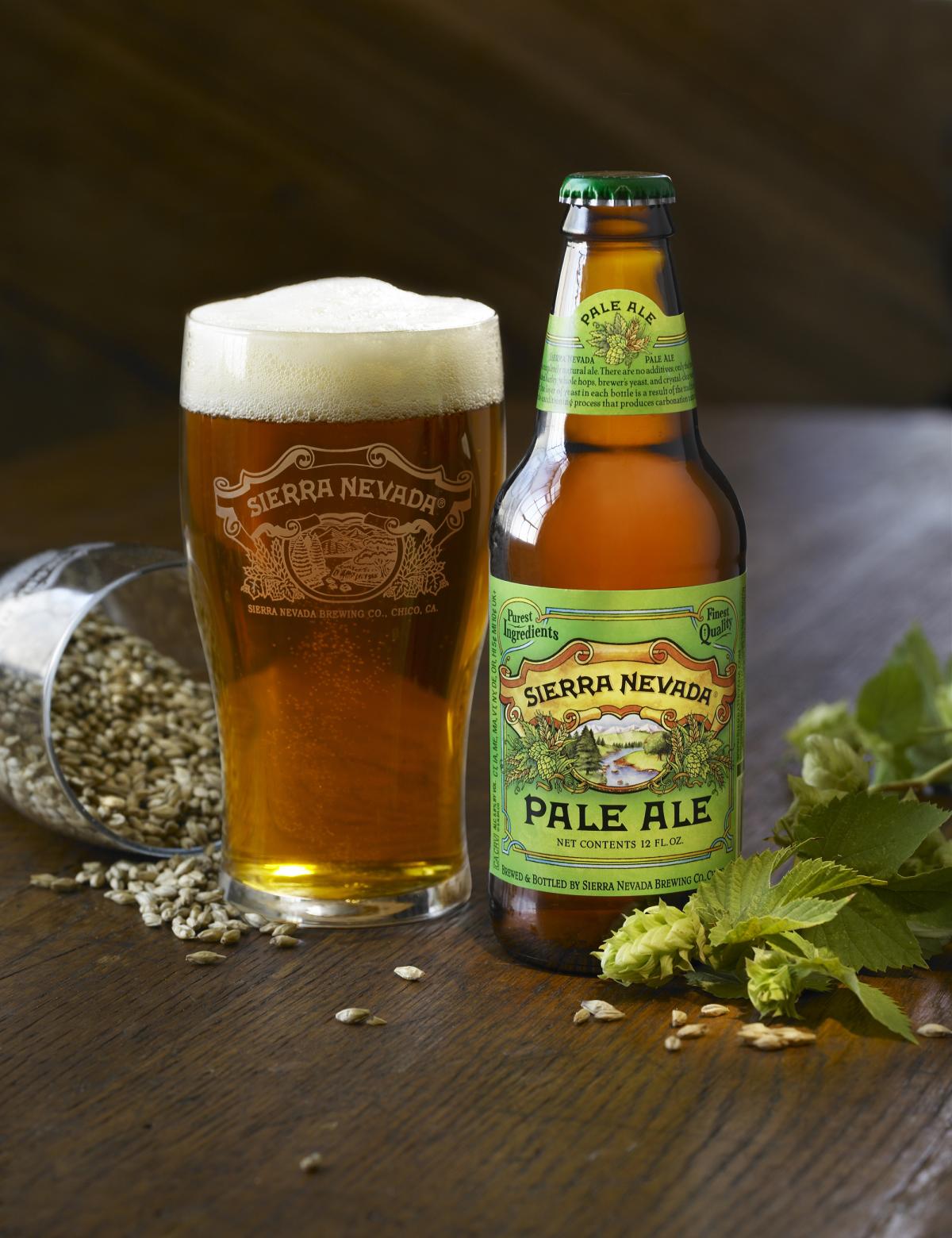BNSF Helps Sierra Nevada Reap Sustainability Benefits of Intermodal

Ken Grossman had a thirst for quality crafted beer. Turns out, so did a lot of people. During America’s craft brewing movement in the late 1970s, Grossman hand built a small brew house at Chico, Calif., with a goal of making exceptional ales and lagers using premium ingredients. He called his company the Sierra Nevada Brewing Co., and on Nov. 15, 1980, his small team of employees brewed the first batch of what would soon become their flagship: Sierra Nevada Pale Ale.
Through word of mouth, demand grew; in less than a decade the brewery expanded – and then soon expanded again. The classic Pale Ale, still the most popular, would be joined by nearly a dozen other brews. Today, family-owned Sierra Nevada has grown into one of the largest craft breweries in America, distributing to all 50 states and several foreign countries.
BNSF Solution
Throughout its history, Sierra Nevada Brewing Co. has set a high standard, incorporating sustainability in every step of its operations. The effort extends to transportation and distribution, with the company relying on rail to bring ingredients near-dock to the brewery and a fleet of light-weight trucks to deliver finished product within the region.
As demand for Sierra Nevada beer grew to eastern markets, sustainable, cost-effective transport options were evaluated. Not only would they have to meet these criteria, they would also have to satisfy the brewer’s temperature- and time-sensitive requirements to maintain product freshness. A full over-the-road model was not fuel-efficient. All-rail was not a consideration; of the 350 distributors, fewer than 12 had rail access, and transloading would impact quality.
In 2006, Tom Lavender, Assistant Vice President, Alliance Shippers, contacted Sierra Nevada’s Logistics Director Stan Cooper to discuss intermodal. While Sierra Nevada had previously tried intermodal with another carrier, Alliance – known for its expertise in moving refrigerated intermodal shipments – offered the brewer a new value proposition. Lavender suggested an intermodal trial with Alliance and BNSF Railway, the rail industry leader in intermodal, using temperature-controlled trailers.
“I knew what intermodal was, but I’d not associated the mode with being refrigerated,” says Cooper. “So we agreed that if they could handle my most difficult market and meet all our criteria, we’d give it a shot. All eyes were on that first shipment.”
The Results
In the fall of 2006, the first intermodal load of Sierra Nevada beer successfully moved east in combination with Alliance/BNSF, making it to Brooklyn, N.Y., on schedule, damage-free in five days. More loads followed. Then additional lanes were tested.
Today, the providers are moving on average 60 loads a week and up to 100 during peak periods.
Concerns about maintaining temperature – plus or minus 5 degrees – and ride quality were alleviated. Alliance’s refrigerated fleet is managed using satellite communications, and BNSF’s Load & Ride Solutions team participated in initial loadings, offering packaging suggestions to ensure bottled beer arrived intact.
In 2012, a record production year for Sierra Nevada, Alliance Shippers and BNSF delivered. Nearly 70 percent of all easterly bound truckloads moved via Alliance/BNSF. By converting more than 7 million miles to intermodal, Sierra Nevada achieved a reduction of nearly 50 percent in CO2 emissions, calculated using BNSF’s carbon estimator, which compares the total miles moved on rail vs. all-truck.
“Efficiency and sustainability are constants for us,” says Cooper. “It’s not all about economics. It’s how to do business correctly.”
To view other case studies or obtain more information on BNSF’s Intermodal solutions, visit www.bnsf.com/intermodal.

